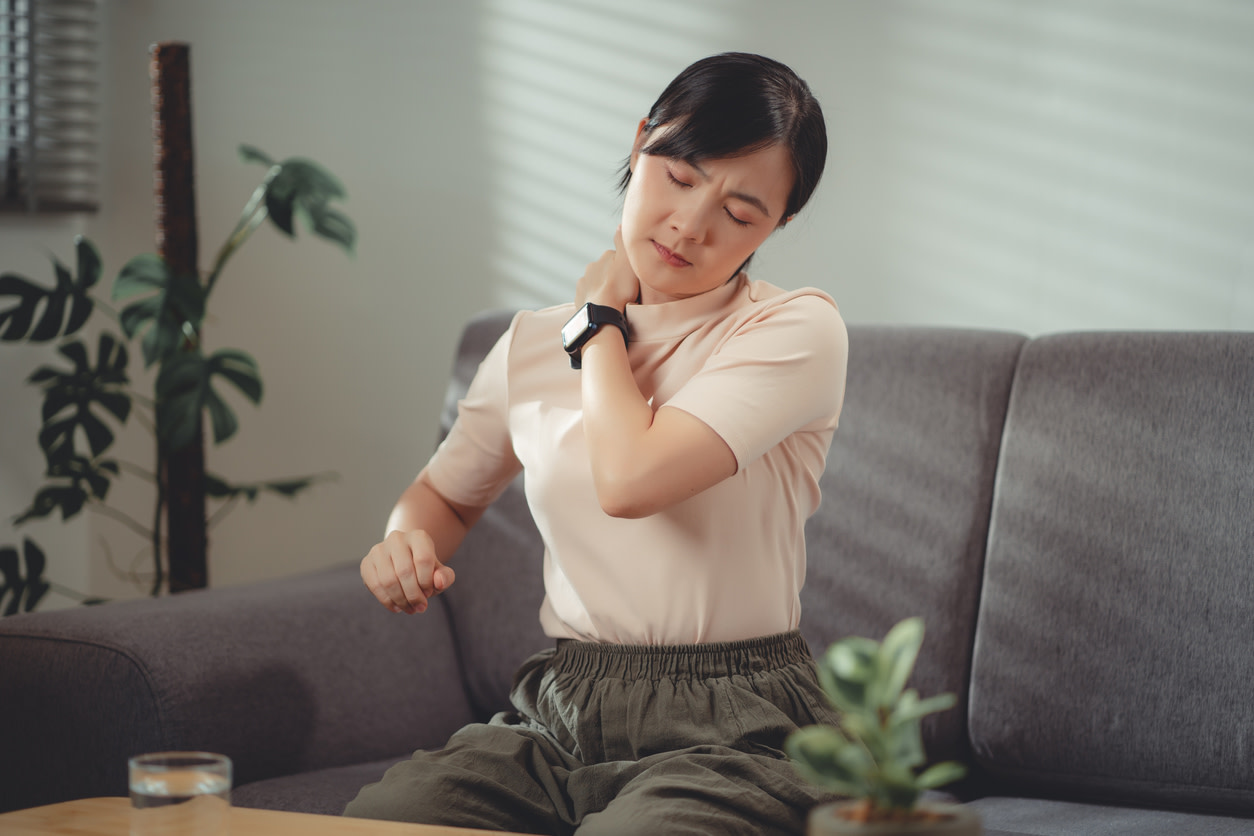How to Treat Neck and Shoulder Pain, According to Physical Therapists
Discover common causes and best treatments for neck and shoulder pain. Get exercises and tips from physical therapists to manage and prevent discomfort.
$0 costo para usted
Fecha de Publicación: Nov 15, 2024
El índice
Fully covered arm or shoulder pain relief
Find relief from arm pain, shoulder pain, pinched nerves, & more.
Check if I'm eligibleExercises for Neck and Shoulder Pain
¿Quieres atención de expertos? Consulta si estás cubierto por nuestro programa gratuito →- Chin Tucks
- Head Turns With Hand
- Seated Levator Stretch
- Bent Over I-Y-T
- Banded Pull Aparts
- Median Nerve Glide
